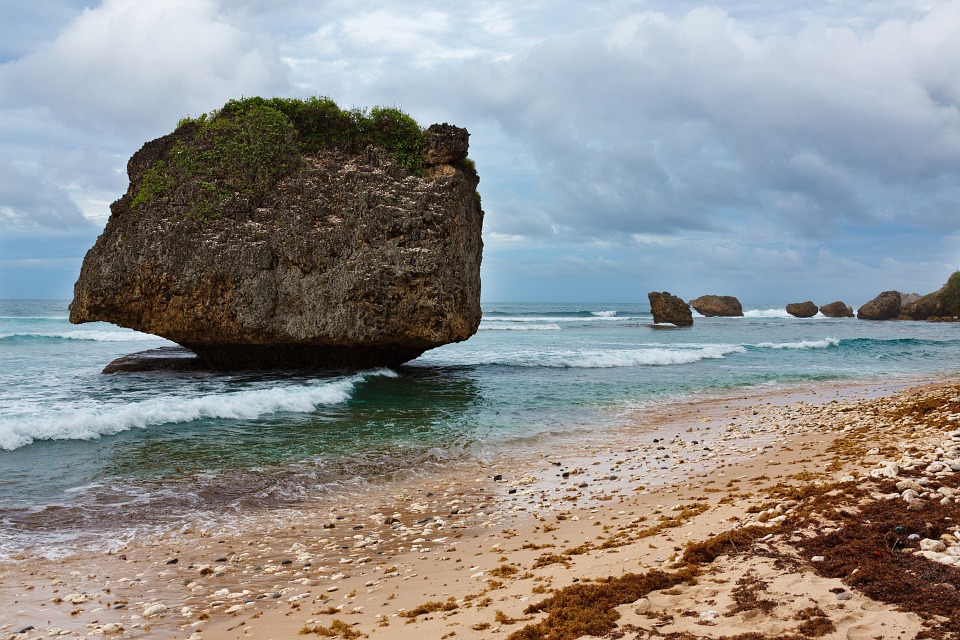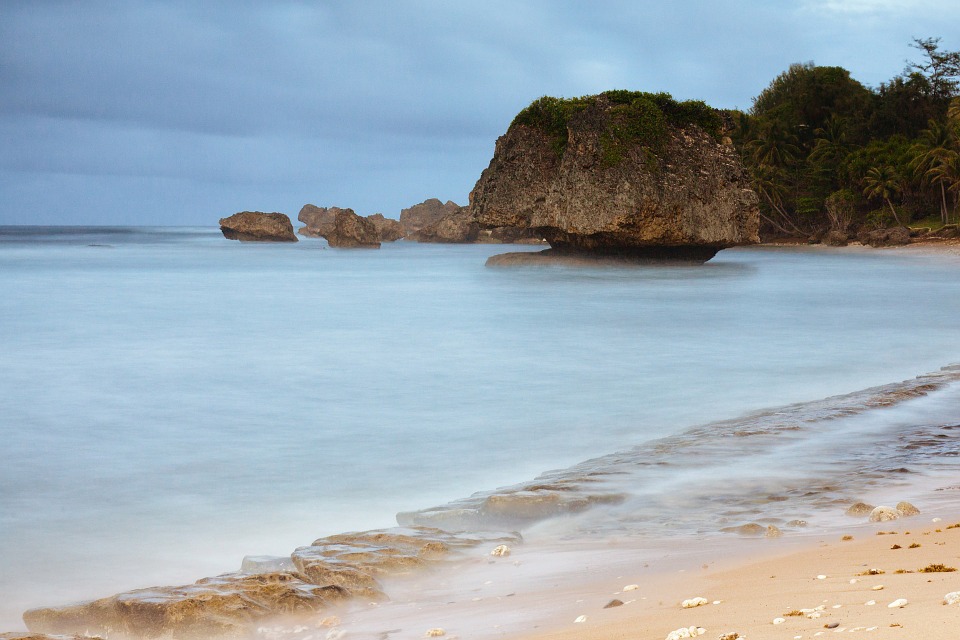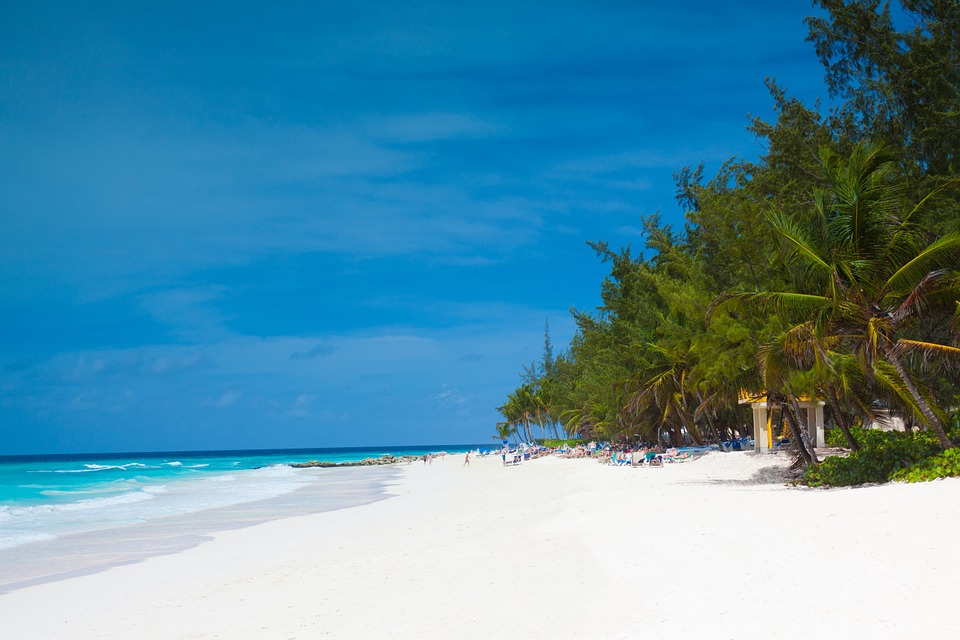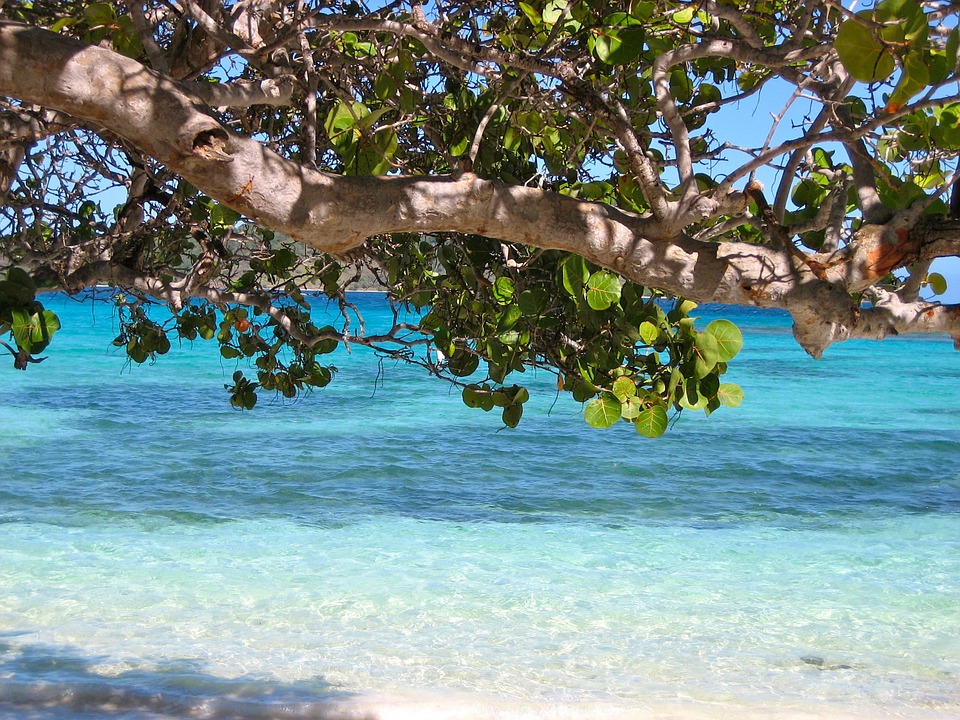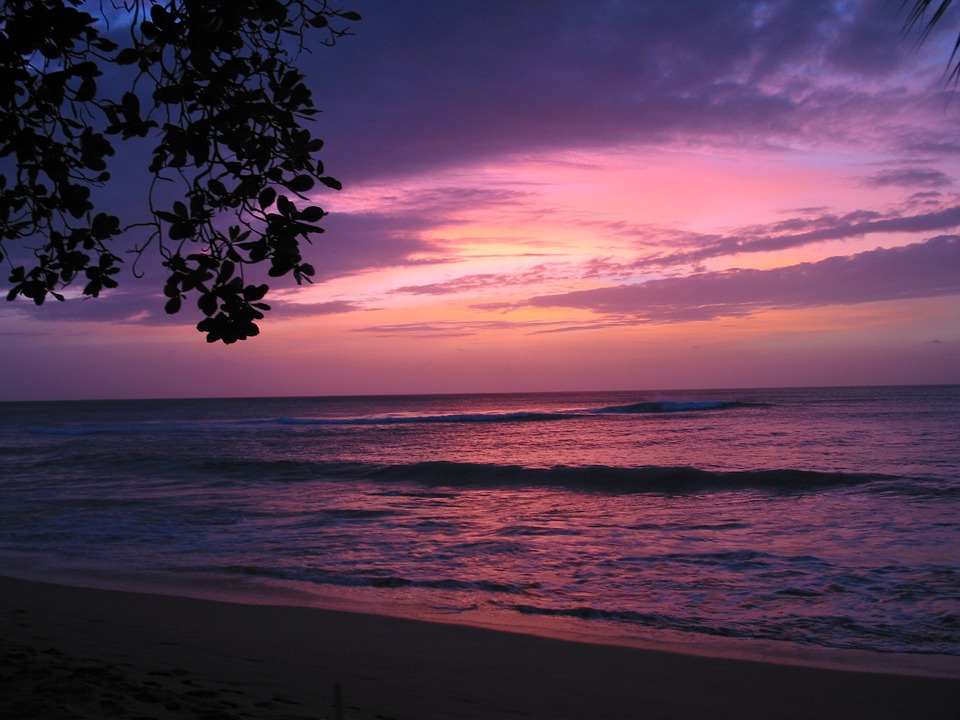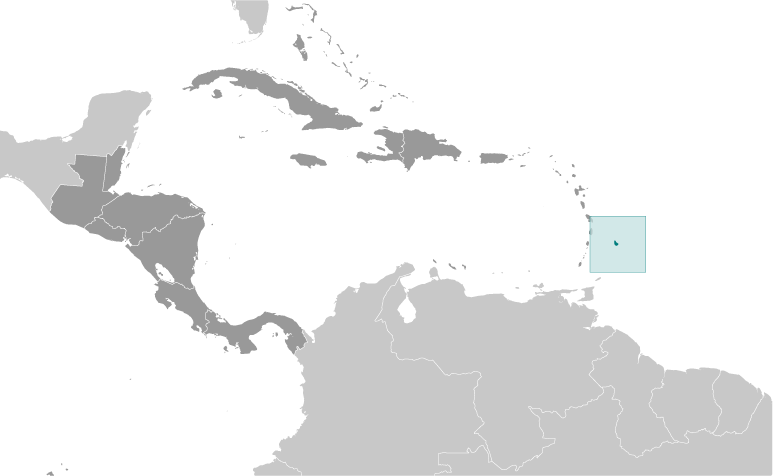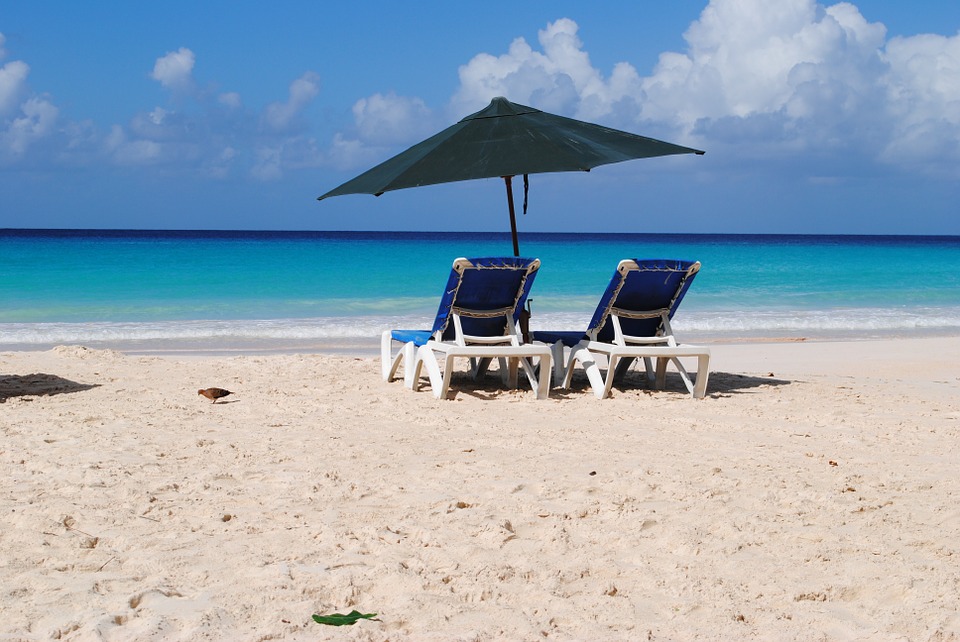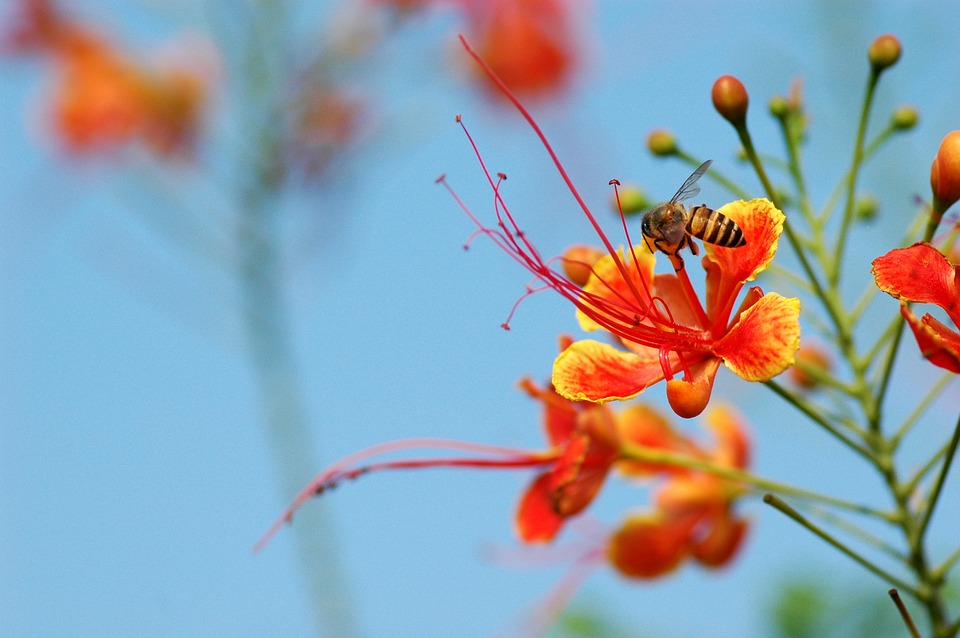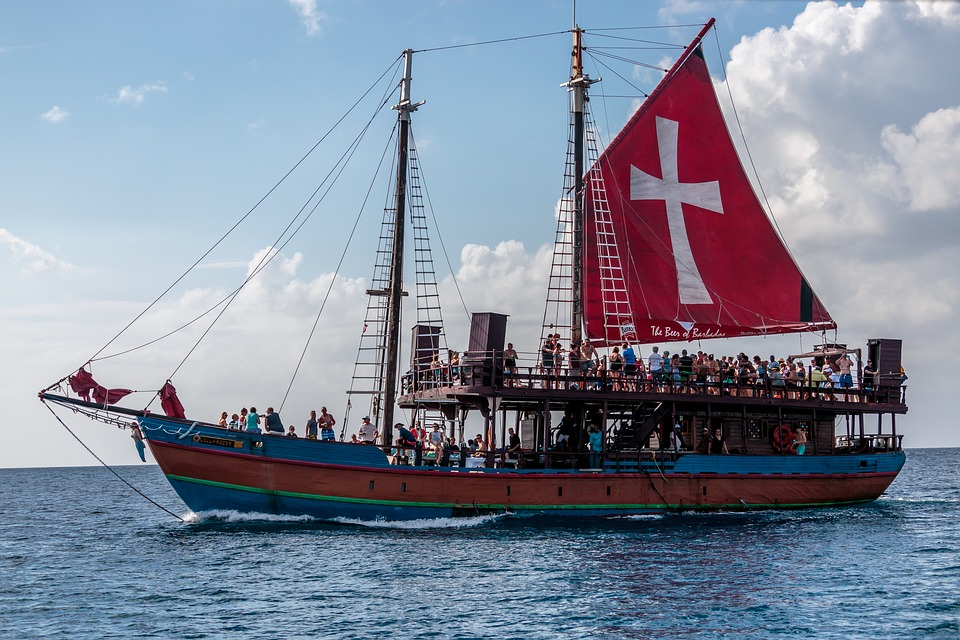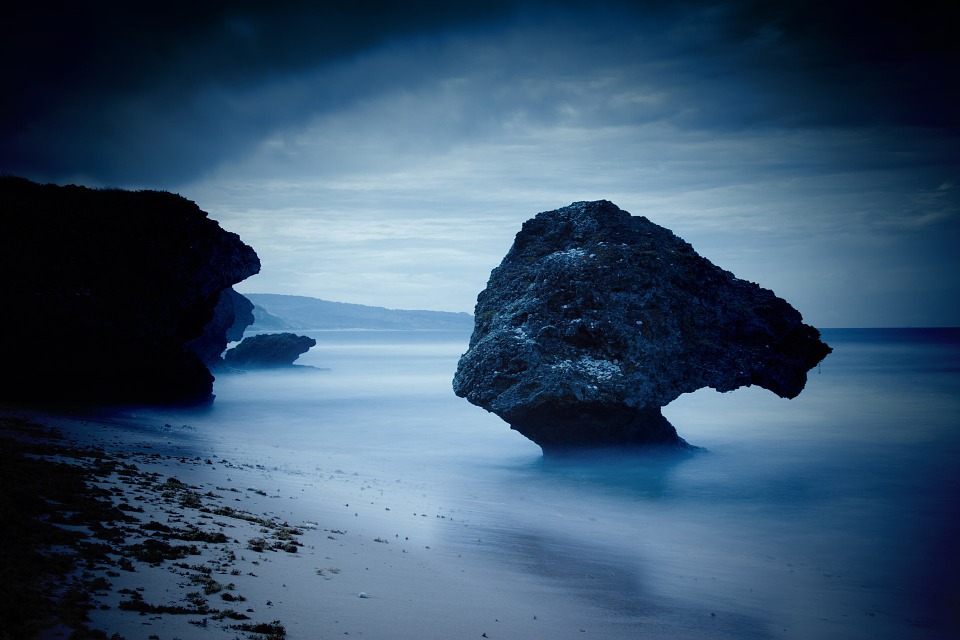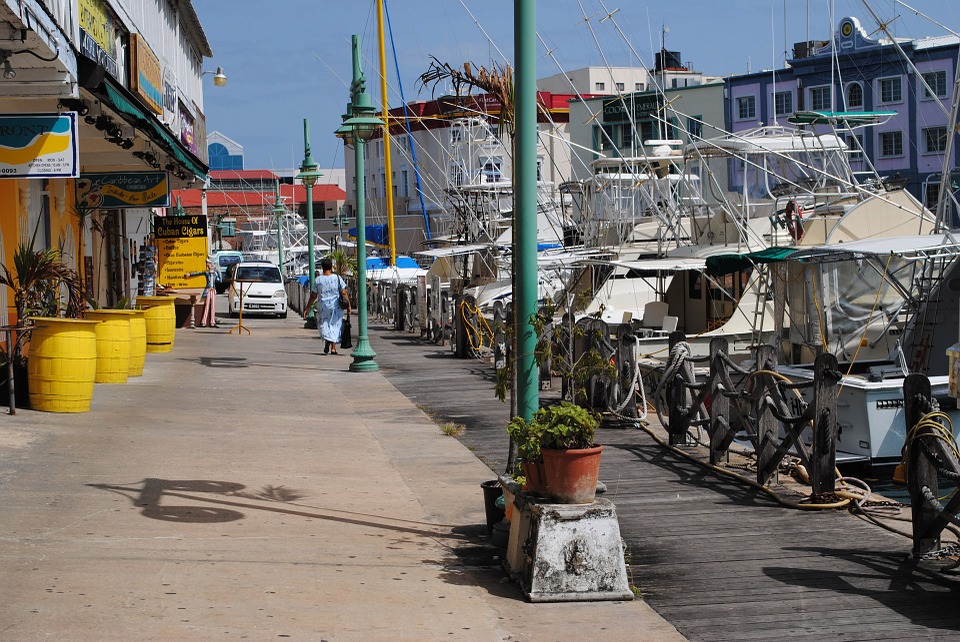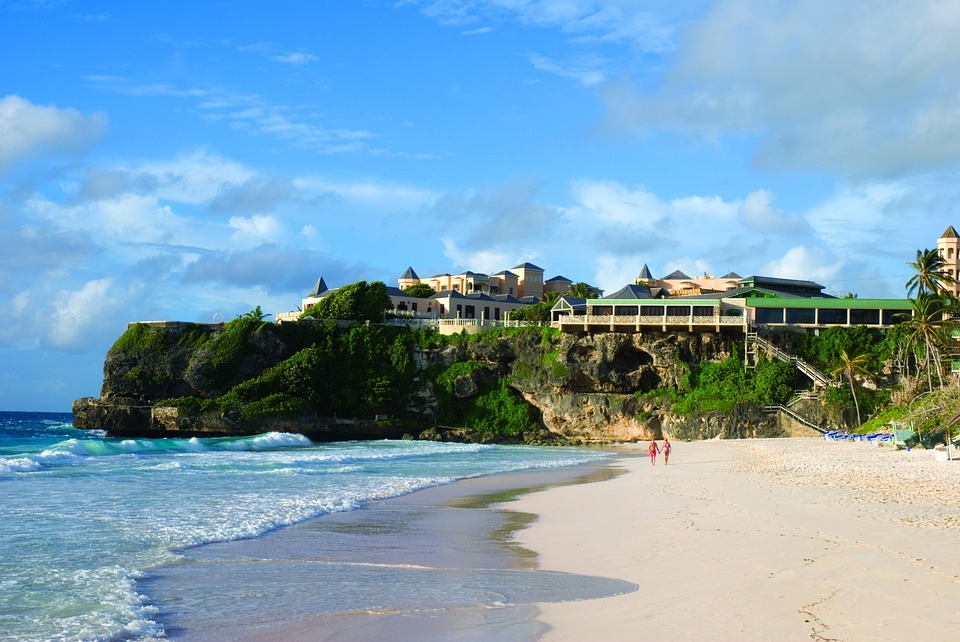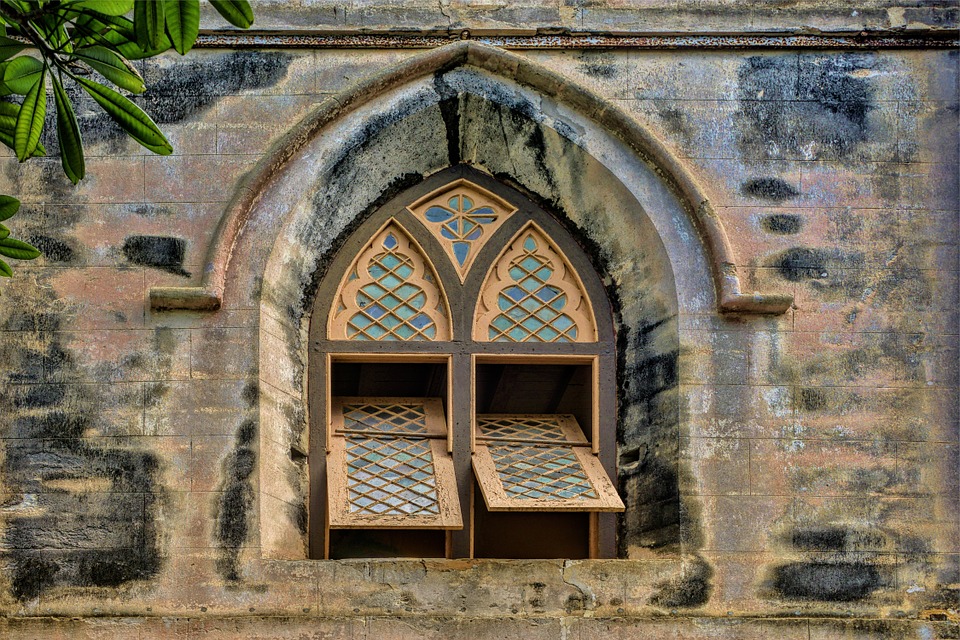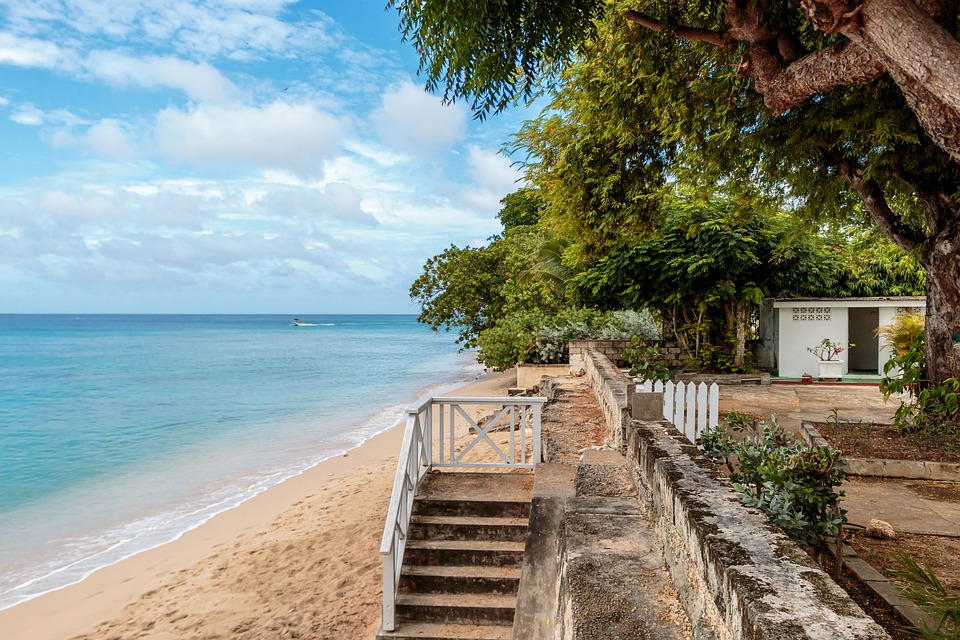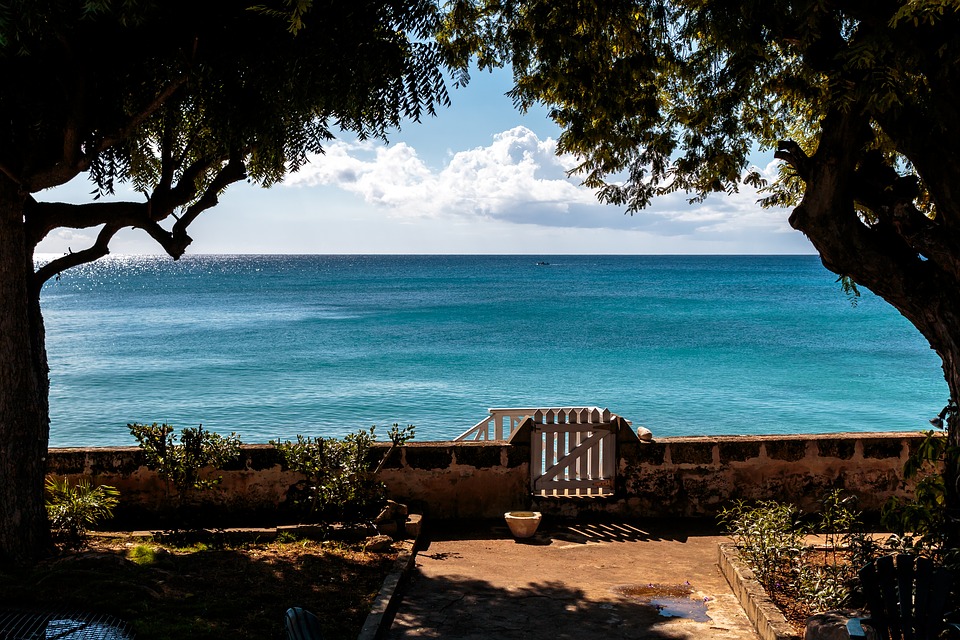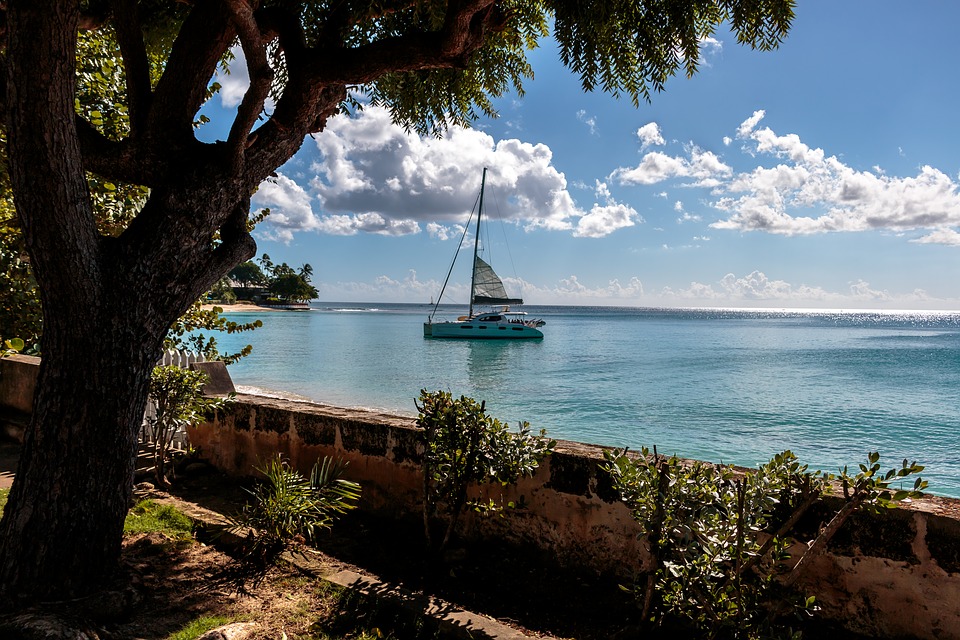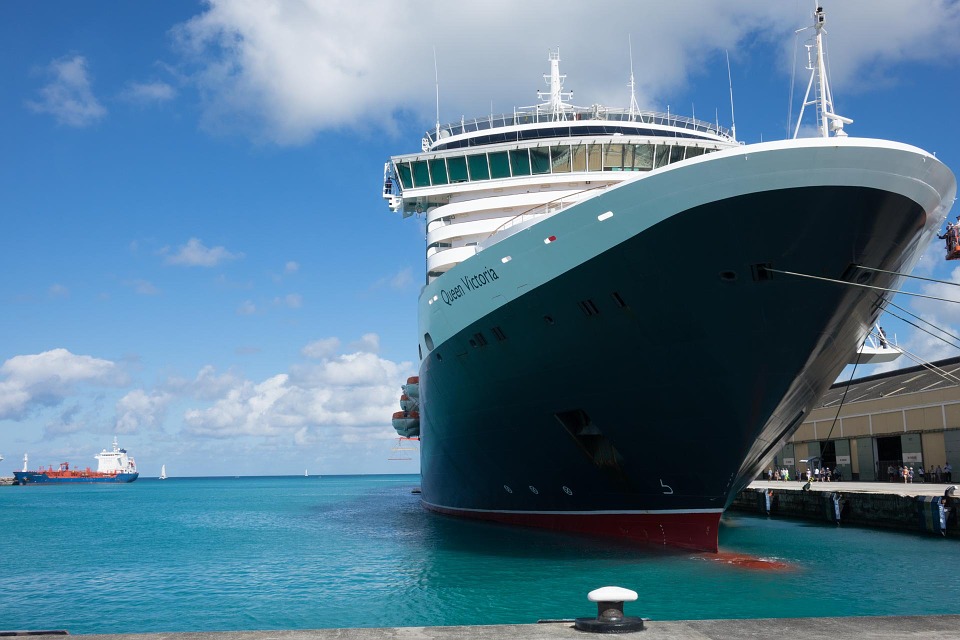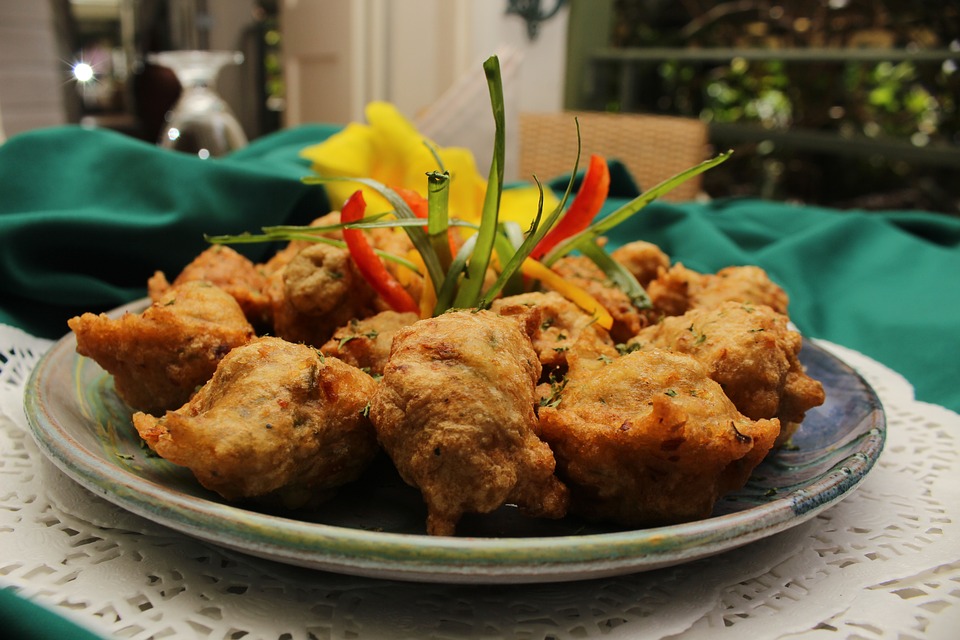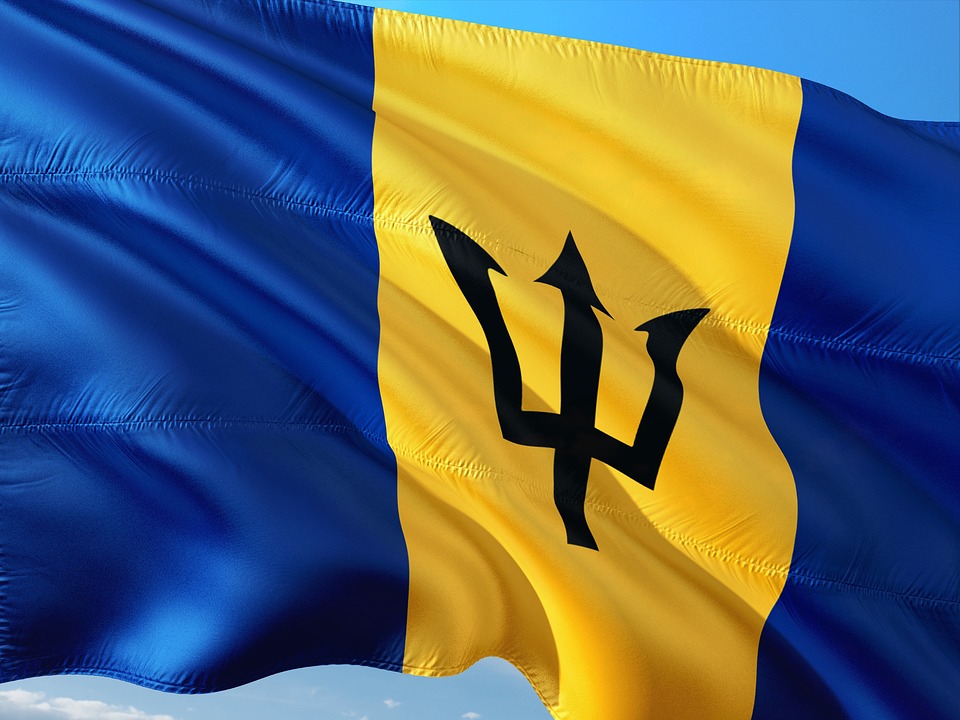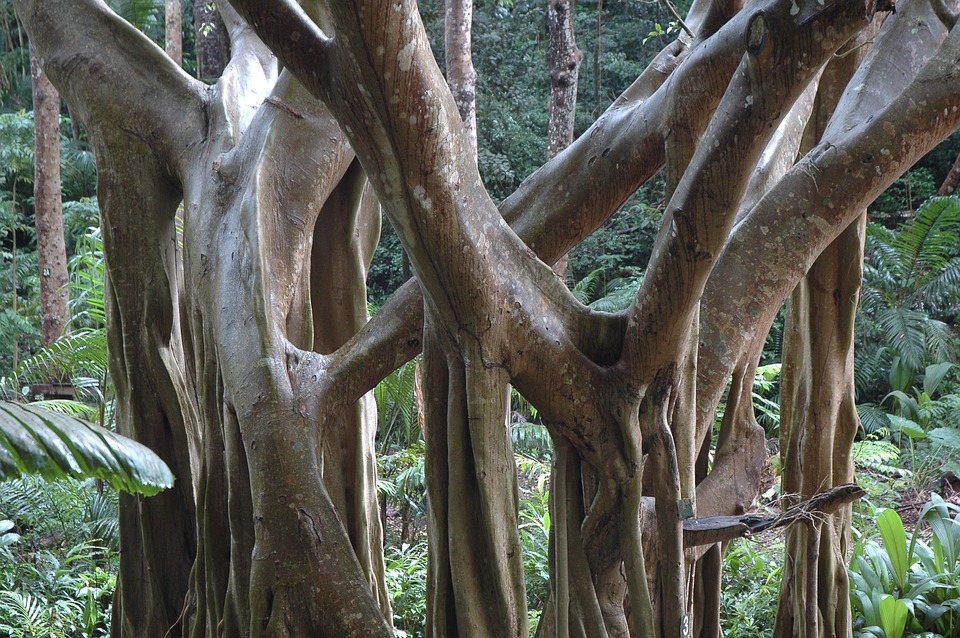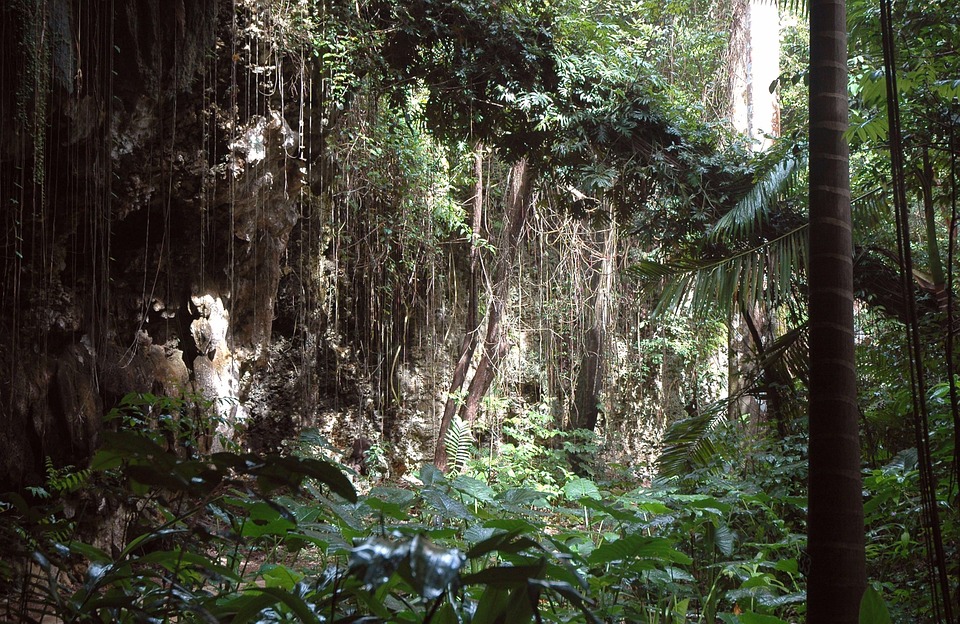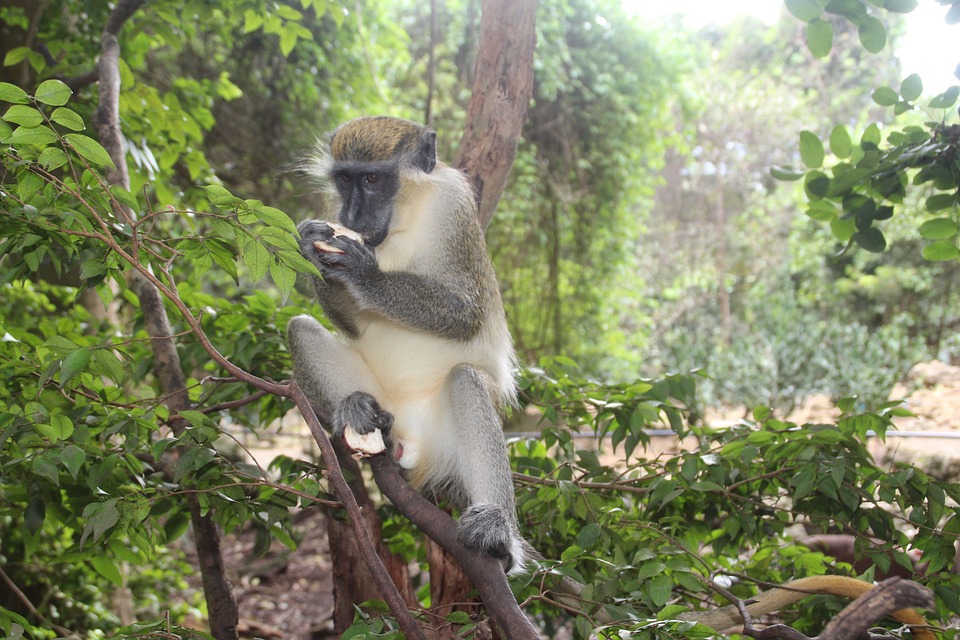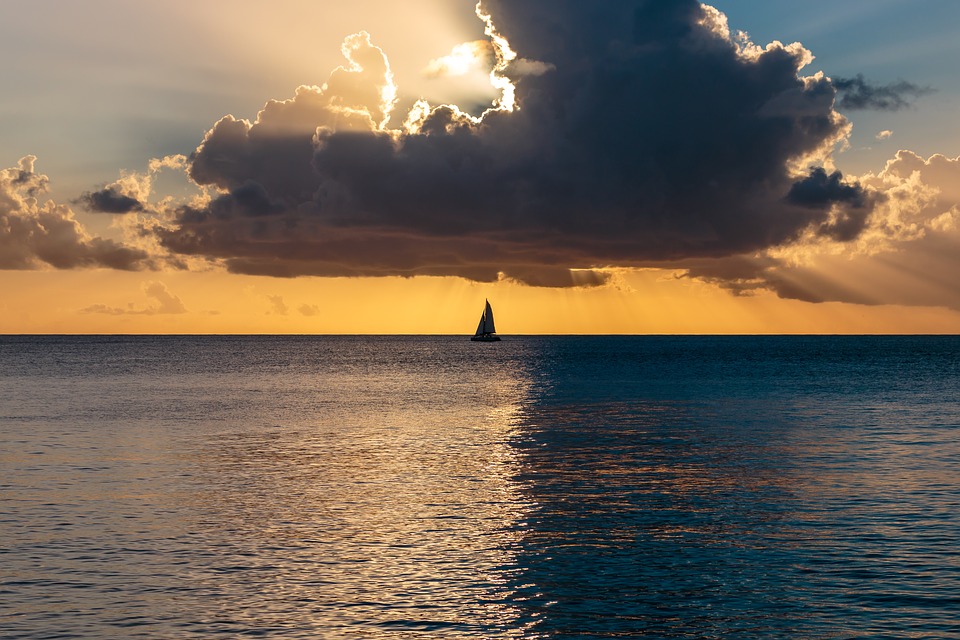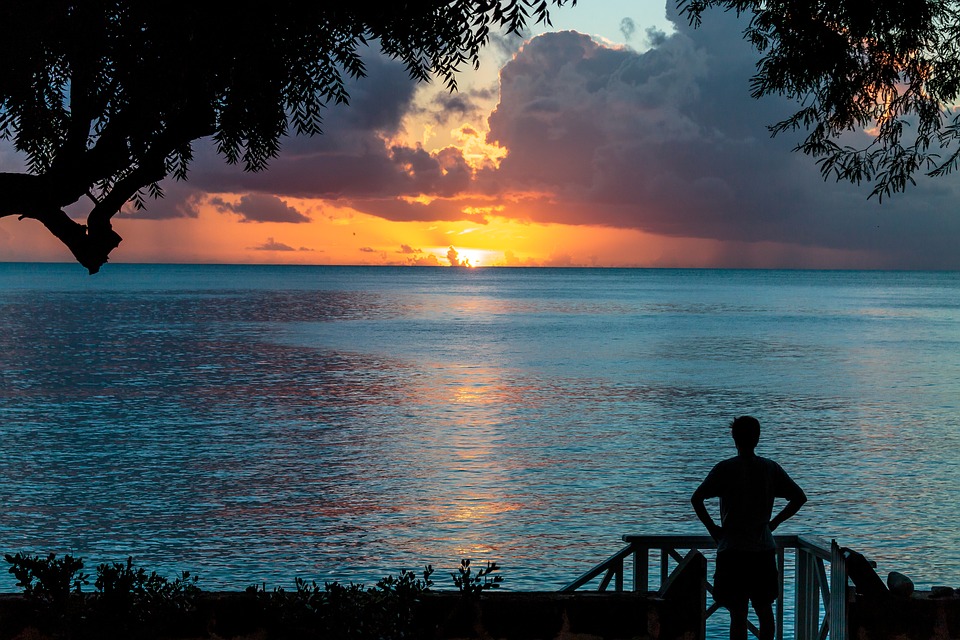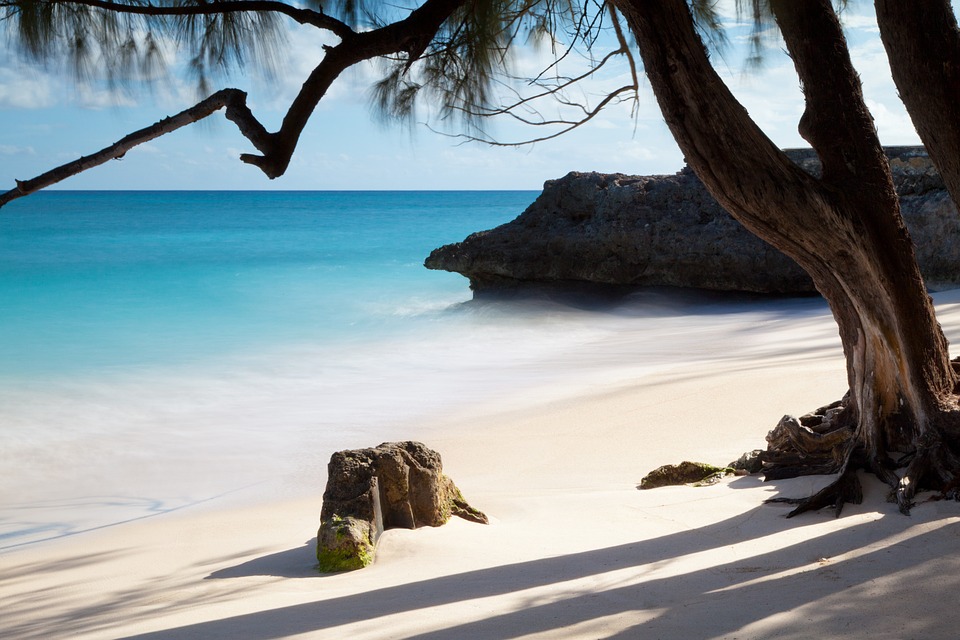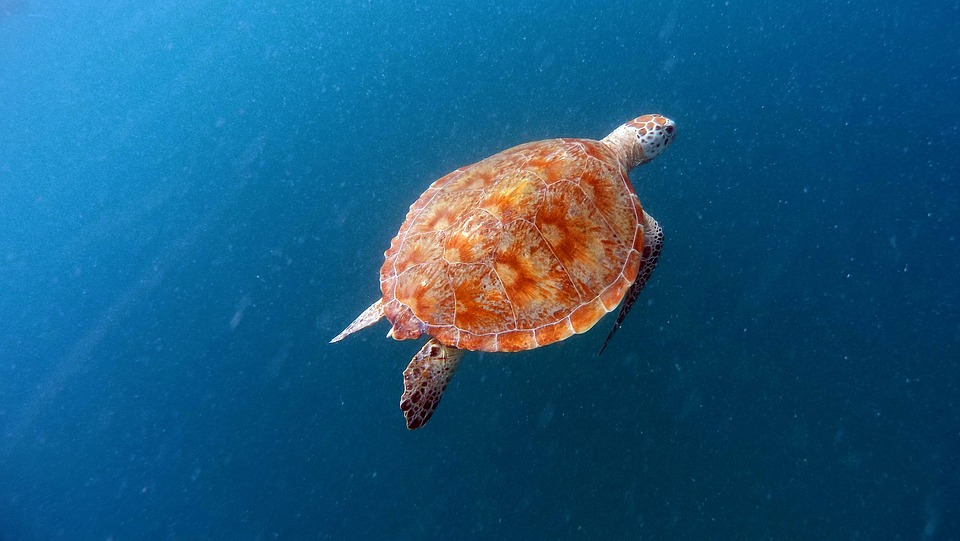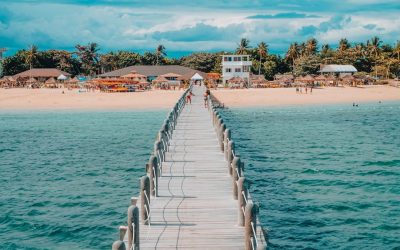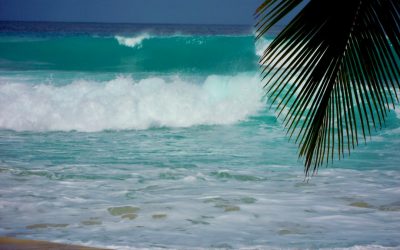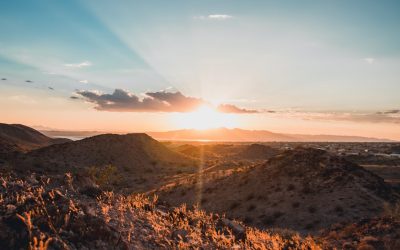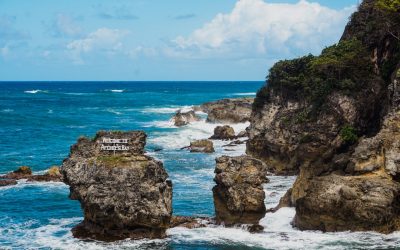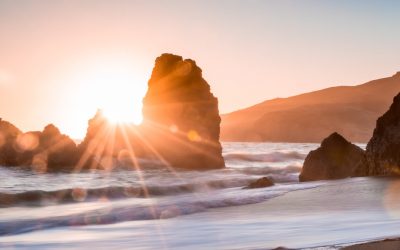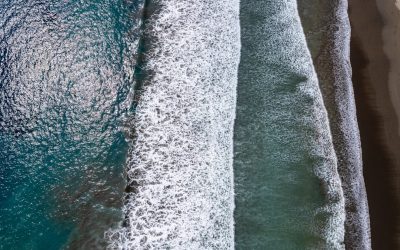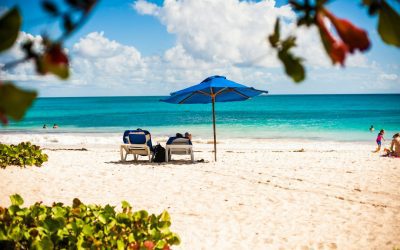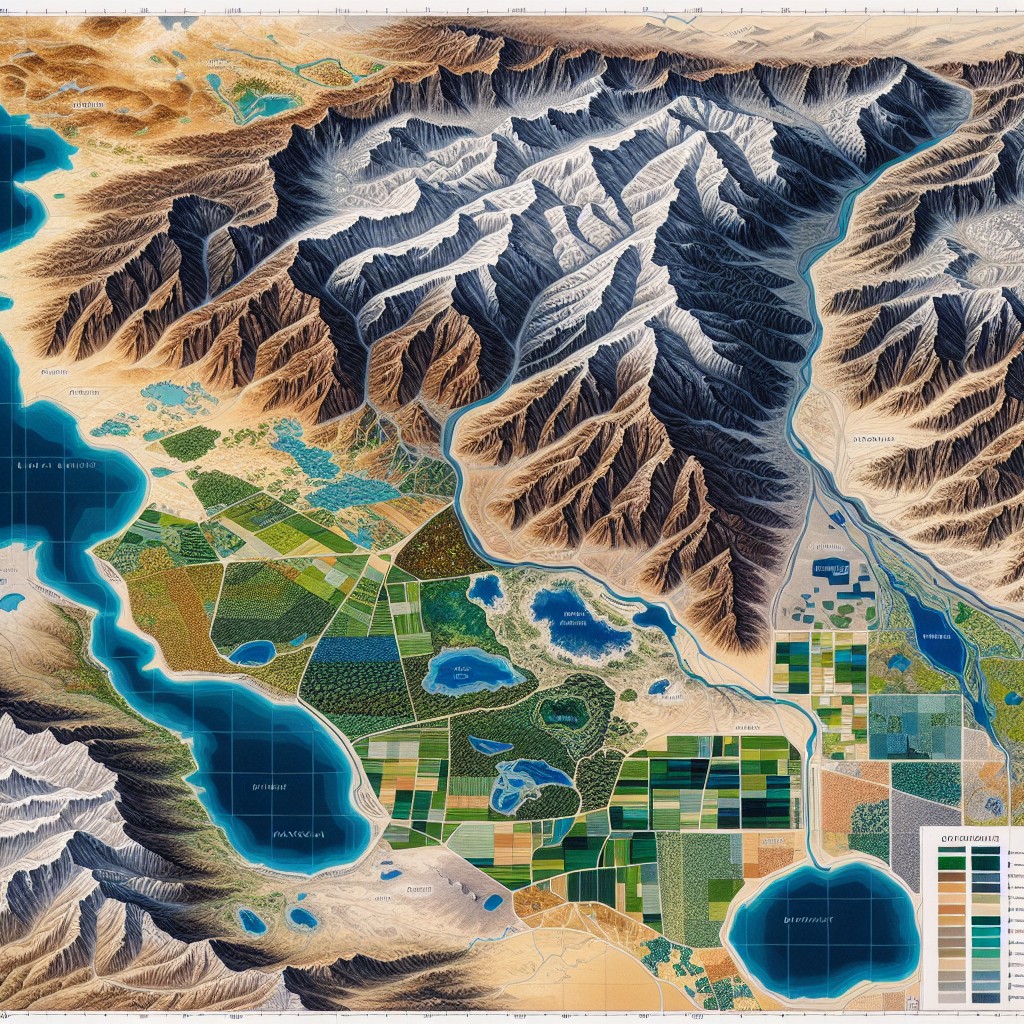Barbados


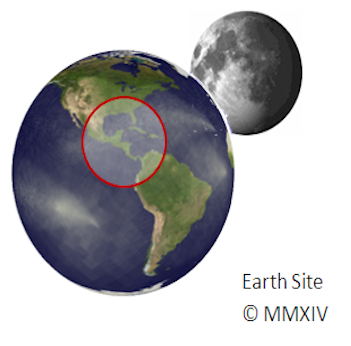





Capital: Pago Pago
Population (Estimated July 2012): 68,061
Area: 200km2 or 77mi2
Currency: United States Dollar (U.S.$)
Official Language: English; Samoan
Political Information: Unincorporated and unorganized territory of the US
Official Religion: No Official Religion (approximately 50% of the population is Christian Congregationalist, 20% are Roman Catholic and 30% are either protestant or have other religious beliefs)
Highest Mountain: Lata Mountain at 964m or 3162 feet
GDP Official Exchange Rate (OER is more precise at gauging a countries economic power)
(Estimated 2005): $462.2 million (US$) or (GBP)
GDP (OER) Per Capita (per member of the population estimated 2011): (US$) or (GBP)
GDP Purchasing Power Parity (PPP is good for gauging living conditions and use of resources but not as accurate as OER. This data has been calculated based on the sum value of all goods and services produced in the country valued at prices prevailing in the United States)
(Estimated 2007): $575.3 million (US$) or (GBP)
GDP (PPP) Per Capita (per member of the population estimated 2007): $8,000 (US$) or (GBP)
Time Zone (GMT/UTC): -11:00
Counties/Provinces/States: three districts and two islands at the second order; Eastern, Manu’a, Rose Island, Swains Island, Western
Sources: CIA World Fact Book, Encyclopaedia Britannica.
Barbados, located in the eastern Caribbean Sea, is a popular tourist destination known for its stunning beaches, vibrant culture, and warm hospitality. This small island nation offers visitors a taste of paradise with its crystal-clear waters, white sandy beaches, and lush tropical landscapes. Whether you’re looking to relax on the beach, explore historical landmarks, or indulge in delicious cuisine, Barbados has something for everyone.
The History of Barbados: From Colonialism to Independence
Barbados has a rich colonial history that dates back to the 17th century when it was first settled by the British. The island was an important sugar-producing colony and was heavily reliant on slave labour. The legacy of slavery can still be seen today in the island’s architecture and cultural traditions.
Barbados gained its independence from Britain in 1966 and is now a sovereign nation within the Commonwealth. The journey to independence was marked by social and political movements that sought to challenge colonial rule and establish self-governance. Today, visitors can explore historical landmarks such as St. Nicholas Abbey and Bridgetown, which have been designated as UNESCO World Heritage Sites.
The Culture of Barbados: Music, Dance, and Festivals
Bajan culture is a vibrant blend of African, Caribbean, and European influences. Music plays a central role in Bajan culture, with genres such as calypso, reggae, and soca dominating the local music scene. The island is also known for its lively dance styles, including the famous “wuk up” dance.
Barbados is home to numerous festivals and events throughout the year, including the Crop Over Festival, which celebrates the end of the sugar cane harvest season. This month-long festival features colourful parades, live music performances, and traditional Bajan food. Other popular festivals include the Oistins Fish Festival and the Holetown Festival.
The Cuisine of Barbados: A Blend of African, Caribbean, and European Flavors
Bajan cuisine is a delicious fusion of African, Caribbean, and European flavours. The island’s rich agricultural heritage is reflected in its cuisine, with fresh seafood, tropical fruits, and locally grown vegetables taking centre stage. Popular dishes include flying fish and cou-cou, a traditional Bajan dish made from cornmeal and okra.
Visitors to Barbados can explore local food markets such as Cheapside Market and Brighton Farmers Market, where they can sample fresh produce and local delicacies. The island is also home to a wide range of restaurants offering both traditional Bajan dishes and international cuisine.
The Beaches of Barbados: Sun, Sand, and Sea
Barbados is renowned for its stunning beaches, which are some of the most beautiful in the Caribbean. The island boasts over 70 miles of coastline, with pristine white sandy beaches and crystal-clear turquoise waters. Whether you’re looking for a secluded spot to relax or a lively beach with water sports activities, Barbados has it all.
Popular beach activities in Barbados include swimming, snorkelling, scuba diving, and paddleboarding. The island’s calm waters make it an ideal destination for water sports enthusiasts of all levels. Must-visit beaches include Crane Beach, Miami Beach, and Mullins Beach.
The Wildlife of Barbados: Exploring the Island’s Natural Wonders
Barbados may be small in size, but it is home to a diverse range of wildlife and natural wonders. The island is known for its lush tropical landscapes, coral reefs, and unique animal species. Visitors can explore nature reserves and parks such as Harrison’s Cave and Welchman Hall Gully to get up close and personal with Barbados’ natural beauty.
Barbados is home to several unique animal species, including the Barbados green monkey, which can be spotted in the island’s forests and parks. The island is also a popular nesting site for sea turtles, and visitors can witness these magnificent creatures in their natural habitat.
The Sports of Barbados: Cricket, Polo, and More
Sports play a significant role in Bajan culture, with cricket being the national sport of Barbados. The island has produced some of the world’s greatest cricketers, including Sir Garfield Sobers and Sir Frank Worrell. Visitors can catch a cricket match at the iconic Kensington Oval or even participate in a friendly game themselves.
Polo is another popular sport in Barbados, with several polo clubs offering lessons and matches for both beginners and experienced players. Other sports and activities available on the island include golf, tennis, horseback riding, and water sports such as surfing and sailing.
The Economy of Barbados: Tourism, Agriculture, and Manufacturing
Tourism is a vital part of Barbados’ economy, with visitors from around the world flocking to the island to enjoy its natural beauty and warm hospitality. The island’s main industries also include agriculture and manufacturing. Barbados is known for its sugar cane production, rum distilleries, and textile manufacturing.
The island is also a popular destination for offshore banking and financial services. Barbados has a stable economy and offers attractive tax incentives for international businesses. The government has implemented policies to promote sustainable development and diversify the economy beyond tourism.
The People of Barbados: Diversity and Hospitality
Bajan people are known for their warm hospitality and friendly nature. The island is home to a diverse population, with African, European, Indian, and Chinese influences shaping its cultural landscape. Bajans are proud of their heritage and are always eager to share their traditions with visitors.
Hospitality is an essential part of Bajan culture, and visitors can expect to be greeted with a warm smile and a friendly “hello” wherever they go. Bajans are known for their laid-back attitude and love for life, which is reflected in the island’s vibrant festivals and events.
Travelling to Barbados: Tips, Tricks, and Must-See Destinations
Travelling to Barbados is relatively easy, with direct flights available from major cities around the world. Visitors from most countries do not require a visa to enter Barbados, but it is always advisable to check the latest travel requirements before your trip.
Once on the island, transportation options include taxis, buses, and rental cars. The island is small and easy to navigate, making it convenient for visitors to explore all that Barbados has to offer. Must-see destinations include Bridgetown, the capital city, Harrison’s Cave, Bathsheba Beach, and the historic plantation houses.
In conclusion, Barbados is a Caribbean island paradise that offers visitors a unique blend of natural beauty, vibrant culture, and warm hospitality. Whether you’re looking to relax on the beach, explore historical landmarks, or indulge in delicious cuisine, Barbados has something for everyone. From its colonial past to its journey to independence, the island’s history is rich and fascinating. The culture of Barbados is vibrant and diverse, with music, dance, and festivals playing a central role. The cuisine of Barbados is a delicious fusion of African, Caribbean, and European flavours. The island’s stunning beaches are perfect for sunbathing and water sports activities. Barbados’ wildlife and natural wonders are worth exploring, with unique animal species and lush tropical landscapes. Sports enthusiasts can enjoy cricket, polo, golf, tennis, and water sports activities. The economy of Barbados is driven by tourism, agriculture, manufacturing, and offshore banking. The people of Barbados are known for their diversity and warm hospitality. Travelling to Barbados is easy and convenient, with direct flights and various transportation options available. With its stunning beaches, vibrant culture, and warm hospitality, Barbados is truly a Caribbean island paradise.
Population Density of Barbados
Barbados, a small island nation located in the Caribbean, has a population density of approximately 660 people per square kilometer. This makes it one of the most densely populated countries in the world. Understanding population density is crucial for policymakers...
Climate Zones of Barbados: Different climate regions Of Barbados
Barbados, a small island nation located in the Caribbean, is known for its beautiful beaches, vibrant culture, and diverse ecosystems. The climate in Barbados is tropical, with warm temperatures and high humidity throughout the year. Understanding the different...
Terrain and Topography of Barbados: mountains, valleys, and plains.
Barbados, a small island nation located in the Caribbean, is known for its stunning beaches, vibrant culture, and warm hospitality. However, beyond its beautiful coastline lies a diverse and unique terrain that is worth exploring. Understanding the geography of...
Political Boundaries of Barbados: Provinces, Districts, or Historical Boundaries.
Understanding the political boundaries of Barbados is crucial for a variety of reasons. These boundaries define the jurisdiction and governance of the island, and they play a significant role in shaping the political, social, and cultural landscape of Barbados. By...
Natural Resources of Barbados: Where Natural Resources are located In Barbados
Barbados, a small island nation located in the Caribbean, is blessed with a variety of natural resources that contribute to its economy and the well-being of its people. These resources include land, water, minerals, agriculture, renewable energy, and coastal areas....
Cultural or Historical Sites of Barbados: Important Cultural Landmarks or Historical Sites In Barbados
Introduction Barbados, a small island nation in the Caribbean, is known for its rich history and cultural heritage. From its colonial past to its vibrant present, Barbados has a wealth of historic sites and landmarks that showcase its unique identity. It is important...
Discovering the Hidden Gems of Barbados: Exploring the Island’s Best-Kept Secrets
Barbados is a tropical paradise known for its stunning beaches, vibrant culture, and warm hospitality. As a popular tourist destination, it offers a wide range of activities and attractions for visitors to enjoy. However, beyond the well-known tourist spots, there are...
